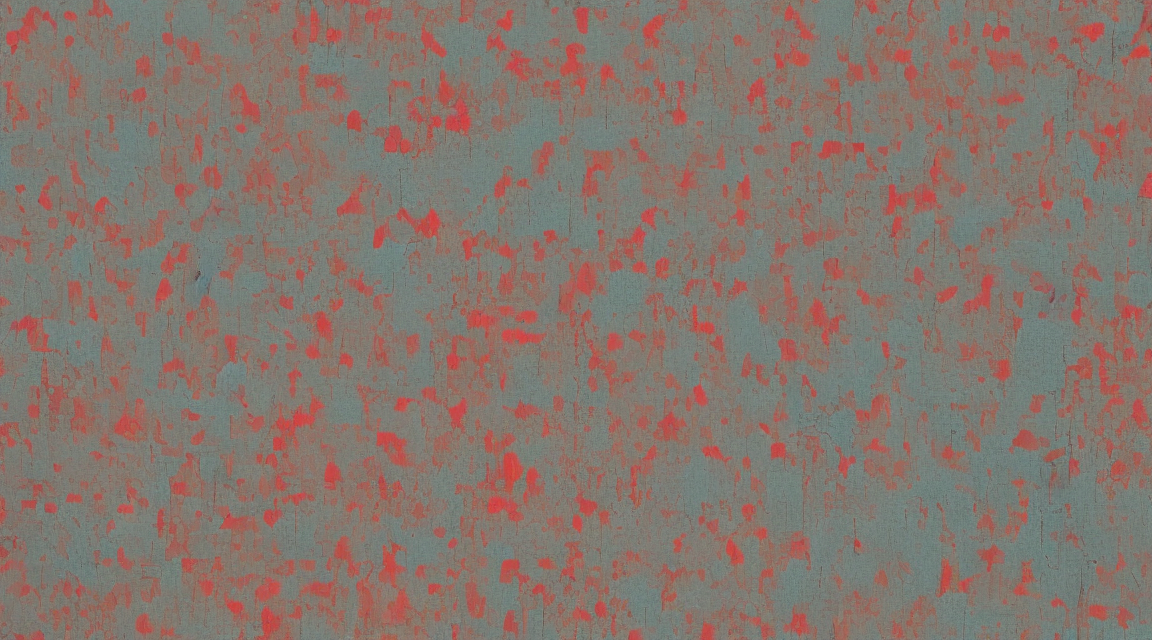Introduction

Aestheticism is a philosophical and artistic movement that emerged in the 19th century, aiming to embrace beauty and the pursuit of pleasure as the highest goals of life. It challenged the prevailing values and norms of society, which often placed more emphasis on practicality and morality. Instead, aestheticism celebrated the idea of “art for art’s sake,” valuing the intrinsic beauty and aesthetic qualities that art and literature could bring to the world.
Defining Aestheticism

Aestheticism can be defined as an intellectual and artistic movement that prioritizes the appreciation of beauty and sensory experiences. It rejects the notion that art should serve a moral or political purpose, instead asserting that art should exist solely for its own sake. Aestheticism encourages individuals to seek out and appreciate beauty in all its forms, whether it be in nature, art, or literature.
Key Principles of Aesthetic Philosophy

- Art for Art’s Sake: This principle suggests that art should not be constrained by any external purpose or message. Aestheticism emphasizes the sheer enjoyment and aesthetic pleasure that art can bring, rather than any moral or utilitarian function.
- Decadence and Sensuality: Aestheticism celebrates sensuality and indulgence as a means to experience heightened emotions and appreciate the beauty in life. It embraces the idea of indulging in luxuries, pleasures, and experiences that bring joy and aesthetic delight.
- Individualism and Self-Expression: Aestheticism promotes the freedom of individuals to express themselves through art and literature without any external or societal constraints. It encourages artists to explore their own unique perspectives and emotions, prioritizing personal expression over conformity.
- Embracing Nature and Beauty: Aesthetic philosophy values the inherent beauty found in nature. It encourages individuals to immerse themselves in the natural world, appreciating its aesthetic qualities and finding inspiration for artistic creations.
Aestheticism in Art and Literature

Aestheticism had a significant impact on various art forms, including painting, sculpture, and literature. Artists and writers of this movement sought to create works that were visually pleasing, emotionally evocative, and devoid of any practical purpose.
In painting, the movement’s influence can be seen through the work of renowned artists like Leonardo da Vinci and Michelangelo, who unveiled the beauty of Renaissance art. Their masterpieces, such as Leonardo da Vinci’s “Mona Lisa” and Michelangelo’s “David,” captivated audiences with their attention to detail, realistic portrayal, and emotional depth. Unveiling the Beauty of Renaissance Art: A Journey through Leonardo da Vinci’s and Michelangelo’s Work
In literature, prominent writers such as Oscar Wilde, Charles Baudelaire, and Walter Pater were key figures in promoting aestheticism. They believed in the power of language to evoke emotions and capture the essence of beauty. Their works explored themes of pleasure, decadence, and the pursuit of aesthetic ideals, challenging conventional literary norms and expectations.
Modern Interpretations and Criticisms

While aestheticism had a significant impact during its time, it also faced criticisms and gradually evolved in modern interpretations. Some critics argue that aestheticism can lead to superficiality and a disregard for social and moral responsibilities. They assert that art should have a purpose beyond mere aesthetics, contributing to social commentary or addressing important issues.
However, modern interpretations of aestheticism embrace its focus on personal expression, individualism, and the appreciation of beauty. Contemporary artists continue to explore aesthetics through various mediums, incorporating new techniques and perspectives. A prime example is the impact of Pop Art on modern culture, which celebrates popular culture and consumerism while challenging traditional notions of high art. The Impact of Pop Art on Modern Culture
The evolution of Cubism, spearheaded by Pablo Picasso and Georges Braque, represents another significant development in art influenced by aesthetic principles. Picasso’s revolutionary approach, redefining art with geometric shapes and multiple perspectives, challenged traditional notions of representation. The Evolution of Cubism: How Picasso Redefined Art with Geometric Shapes
Conclusion
Aestheticism remains a fascinating and influential movement that celebrates the beauty and sensory experiences that art and literature bring to our lives. It encourages individuals to appreciate and seek out aesthetic pleasure while embracing personal expression and the freedom to explore new artistic approaches. Despite its critics, aestheticism continues to shape modern interpretations of art and literature, reminding us of the transformative power of beauty.
